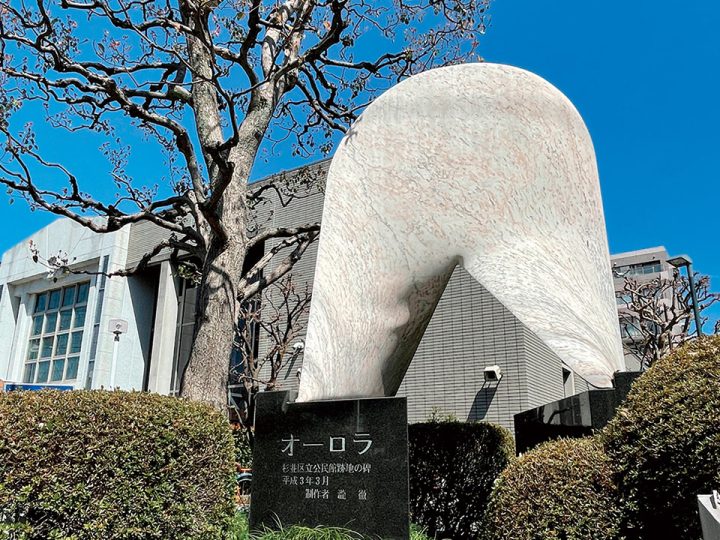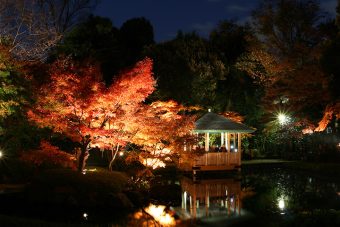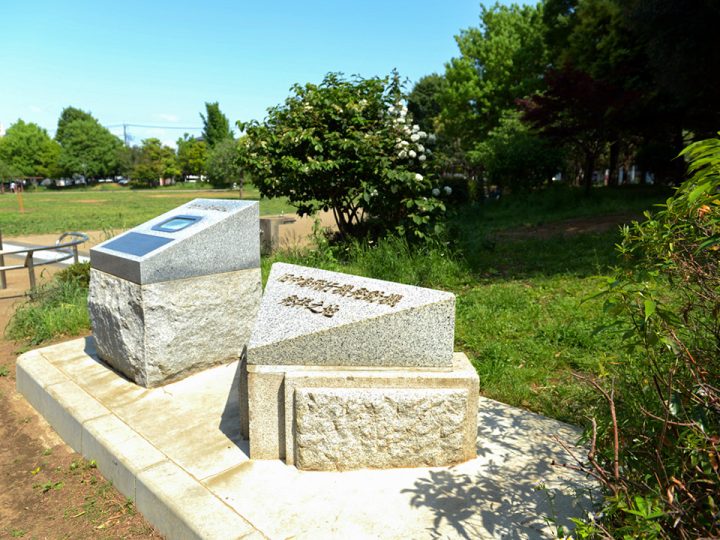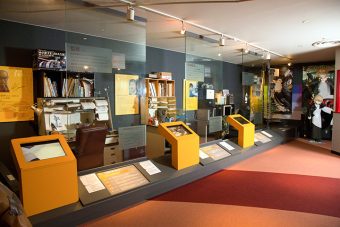- PLAN
- guides & trips
- SUGINAMI PEACE TRAIL (Ogikubo)
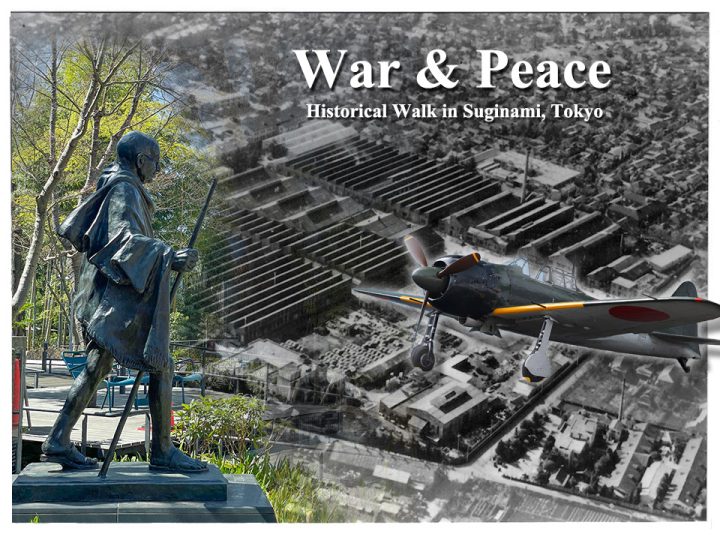
SUGINAMI PEACE TRAIL (Ogikubo)
Following the Traces of War and Desire for Peace
[updated February 2025]
During the Taisho and early Showa eras when Japan charged into the Second Sino-Japanese War (1937-45) and the Pacific War (1941-45), many of the residents in Suginami, Tokyo, became embroiled in the war due to the military facilities and factory presence, suffering damage from the ongoing air raids. After the war, a petition campaign against atomic and hydrogen bombs which is said to have originated from Suginami Ward swept across the nation and the desire for peace firmly took root.
Why not tour these related ‘negative legacy’ sites in Suginami to reaffirm the hope for peace as you contemplate on each step?
- Address:
- 3 Chome−47−2 Ogikubo, Suginami City, Tokyo
- Distance from Station:
- 8 minutes on foot from Ogikubo Station (JR, Tokyo Metro) South Exit
- Phone:
- 03-3220-3381 (Japanese only)
- Open:
- 9:00am - 9:00pm
- Website:
- https://www.city.suginami.tokyo.jp/shisetsu/sports/taiikukan/1007041.html (external link)
- Price:
General entry ¥300, children (junior high school and under) ¥150
- Address:
- 2 Chome-43 Ogikubo, Suginami City, Tokyo
- Distance from Station:
- 11 minutes on foot from Ogikubo Station (JR, Tokyo Metro) South Exit
- Phone:
- 03-6383-5711 (Japanese only)
- Open:
- 9:00am - 5:00pm (last entry at 4:30pm), Closed on Wednesdays and Year End holidays (12/29 - 1/1)
- Website:
- https://ogikubo3gardens.jp/tekigaiso/ (external link)
- no-smoking
- Address:
- 3 Chome-8-1 Momoi, Suginami City, Tokyo
- Open:
- Open 24 hours
- Website:
- https://www.city.suginami.tokyo.jp/shisetsu/kouen/04/momoi/1007363.html (external link)








